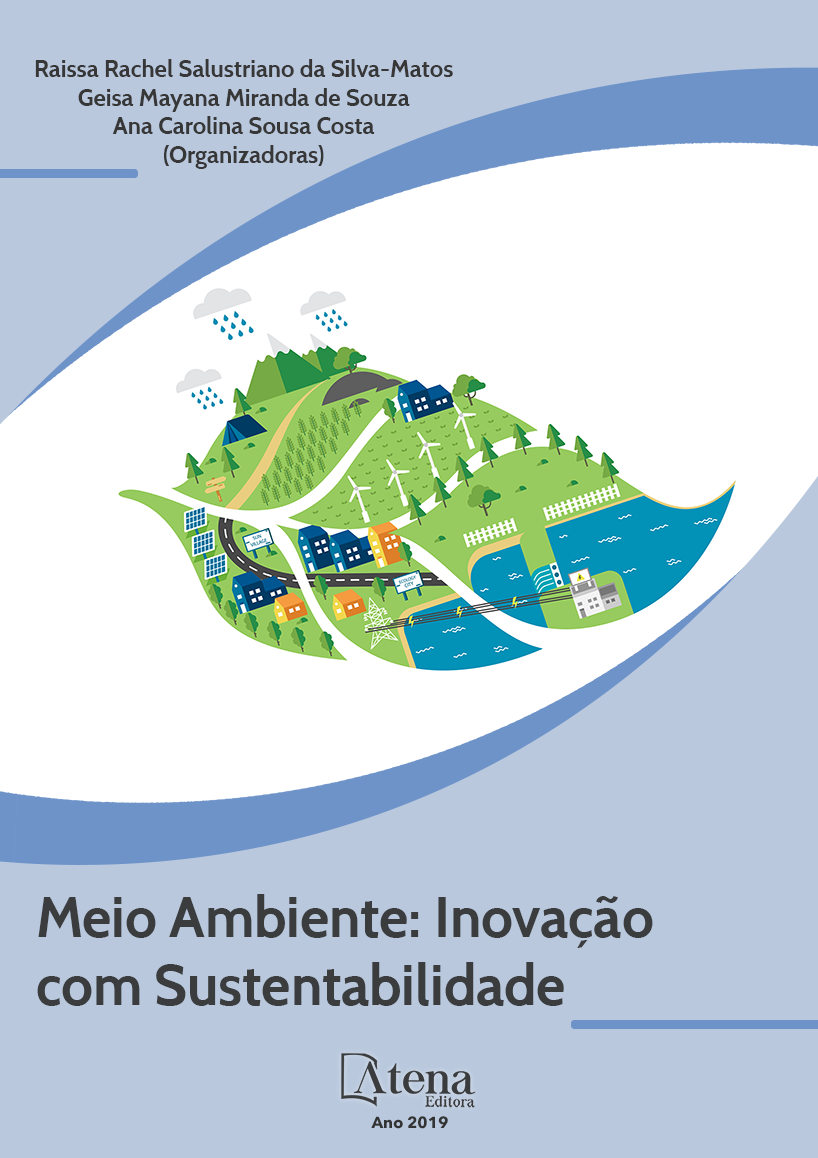
COMPARAÇÃO ENTRE PROCESSOS DE AMOSTRAGEM PARA ESTIMAR O VOLUME EM UMA FLORESTAL NO MUNICÍPIO DE BARCARENA-PA
A demanda por uma quantificação precisa de estoques de matéria prima em florestas nativas é crescente. Levanta-se o seguinte questionamento: Dentre os processos de amostragem aleatório simples e estratificado, qual estimará com maior precisão o potencial madeireiro das espécies comerciais? A hipótese elaborada é que: A quantificação do potencial madeireiro por amostragem estratificada será mais precisa em relação ao processo de amostragem aleatório simples. A área localizase em uma ilha no Município de Barcarena, com extensão aproximada de 280 ha, pertencente à microrregião metropolitana de Belém, Estado do Pará. O sistema de amostragem utilizado baseou-se no método de área fixa, sendo instaladas 40 unidades de amostra (UA), distribuídas de forma aleatória na população e também em quatro estratos: Floresta Ombrófila Densa Aluvial, Floresta Ombrófila Densa de Terra Firme Explorada, Floresta Ombrófila Densa de Terra Firme Não Explorada e Floresta Secundária. Na análise do processo de amostragem aleatório, a estimativa do erro de amostragem foi de 9,76%, demostrando que as 40 UAs levantadas foram suficientes para representar a população florestal. No entanto, a amostragem estratificada gerou um erro superior a 10%, mostrando a não representatividade da variável volume, necessitando de uma maior intensidade amostral nos estratos com tipologias de Floresta Ombrófila Densa Não Explorada e Floresta Secundária. O processo de amostragem aleatório mostrou-se mais eficaz que o processo de amostragem estratificado na estimativa do volume de madeira, mesmo a área apresentando tipologias florestais diferenciadas, rejeitando-se a hipótese elaborada.
COMPARAÇÃO ENTRE PROCESSOS DE AMOSTRAGEM PARA ESTIMAR O VOLUME EM UMA FLORESTAL NO MUNICÍPIO DE BARCARENA-PA
-
DOI: 10.22533/at.ed.45419011018
-
Palavras-chave: Mensuração Florestal. Inventário Florestal. Tipologias Florestais.
-
Keywords: Forest Measurement. Forest Inventory. Forest typologies.
-
Abstract:
The demand for accurate quantification of raw material stocks in native forests is increasing. The following question raised is: among the simple and stratified random sampling procedures, which one will more accurately estimate the commercial potential of timber? The hypothesis elaborated is that: The quantification of the lumber potential by stratified sampling will be more precise in relation to the simple random sampling process. The area is located on an island in the municipality of Barcarena, with an approximate extension of 280 ha, belonging to the metropolitan microregion of Belém, State of Pará. The sampling system used was based on the fixed area method, with 40 (AU), distributed randomly in the population and also in four strata: Alluvial Dense Rain Forest, Dense Ombrophilous Forest of Exploited Terra Firme, Dense Ombrophylous Forest of Unexplored Terra firme and Secondary Forest. In the analysis of the random sampling process, the sampling error estimate was 9.76%, demonstrating that the 40 AUs raised were sufficient to represent the forest population. However, stratified sampling generated an error greater than 10%, showing the non-representativity of the volume variable, requiring a higher sampling intensity in the strata with typologies of Dense Unmanaged Forest and Secondary Forest. The random sampling process was more effective than the stratified sampling process in the estimation of the wood volume, even the area presenting different forest typologies, rejecting the elaborated hypothesis.
-
Número de páginas: 15
- Larissa da Silva Miranda
- Welton dos Santos Barros
- Beatriz Cordeiro Costa
- Eder Silva de Oliveira
- Richard Pinheiro Rodrigues
- Dione Dambrós Raddatz
- Francisco de Assis Oliveira
- MARIO LIMA DOS SANTOS


